Corrosion Resistance and Durability
The inherent properties of FRP vessels, particularly their corrosion resistance and durability, serve as a significant driver for the FRP Vessels Market. Industries such as chemical processing, water treatment, and oil and gas are increasingly adopting FRP vessels due to their ability to withstand harsh environments and corrosive substances. This durability translates into lower maintenance costs and longer service life, making FRP vessels a cost-effective solution. Market data indicates that the chemical processing sector alone accounts for a considerable share of the FRP Vessels Market, with a projected growth rate of 5% annually. As industries prioritize longevity and reliability, the demand for FRP vessels is expected to rise.
Rising Demand for Lightweight Materials
The increasing demand for lightweight materials across various industries is a pivotal driver for the FRP Vessels Market. As industries such as automotive, aerospace, and construction seek to enhance fuel efficiency and reduce emissions, the adoption of fiber-reinforced plastics (FRP) has surged. FRP vessels, known for their high strength-to-weight ratio, are increasingly favored over traditional materials like steel and aluminum. This shift is evidenced by a projected growth rate of approximately 6% in the use of FRP materials in the automotive sector alone. Consequently, the FRP Vessels Market is likely to experience substantial growth as manufacturers respond to this trend by innovating and expanding their product offerings.
Expanding Applications in Emerging Markets
The expansion of applications for FRP vessels in emerging markets is a notable driver for the FRP Vessels Market. As developing economies industrialize, the demand for efficient storage and transportation solutions is increasing. Industries such as agriculture, pharmaceuticals, and energy are recognizing the advantages of FRP vessels, including their lightweight nature and resistance to environmental factors. This trend is particularly evident in regions where traditional materials are less viable due to cost or availability. Market analysis suggests that the FRP Vessels Market could see a growth rate of 8% in these emerging markets, driven by the need for innovative solutions that meet the demands of diverse applications.
Technological Innovations in Manufacturing
Technological advancements in manufacturing processes are significantly influencing the FRP Vessels Market. Innovations such as automated production techniques and advanced composite materials are enhancing the efficiency and quality of FRP vessel production. These technologies not only reduce production costs but also improve the performance characteristics of the vessels, making them more appealing to end-users. The introduction of smart manufacturing practices is expected to further streamline operations, potentially leading to a market growth rate of 7% in the next five years. As manufacturers continue to invest in technology, the FRP Vessels Market is poised for substantial expansion.
Regulatory Support for Sustainable Practices
Regulatory frameworks promoting sustainable practices are emerging as a crucial driver for the FRP Vessels Market. Governments worldwide are implementing stringent regulations aimed at reducing environmental impact, which encourages industries to adopt eco-friendly materials. FRP vessels, being lightweight and recyclable, align well with these sustainability goals. For instance, the implementation of regulations that mandate the use of sustainable materials in construction and manufacturing is likely to boost the demand for FRP vessels. This trend is reflected in the increasing number of projects that prioritize sustainability, suggesting a robust growth trajectory for the FRP Vessels Market in the coming years.


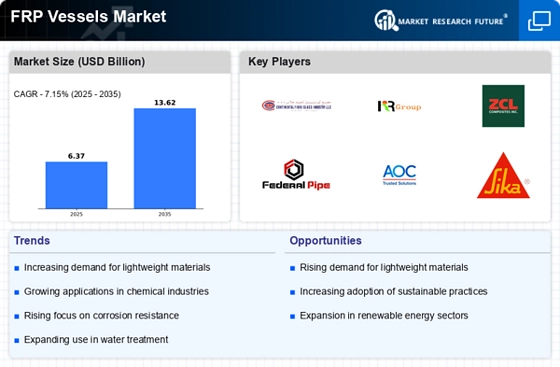


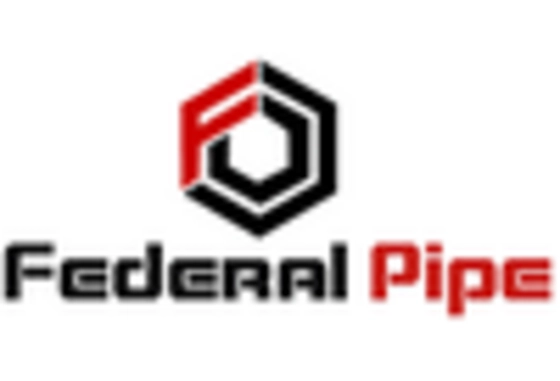
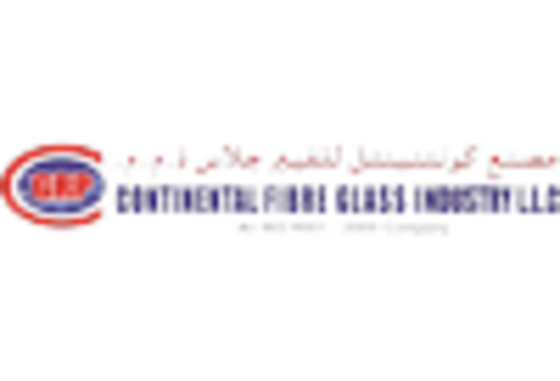

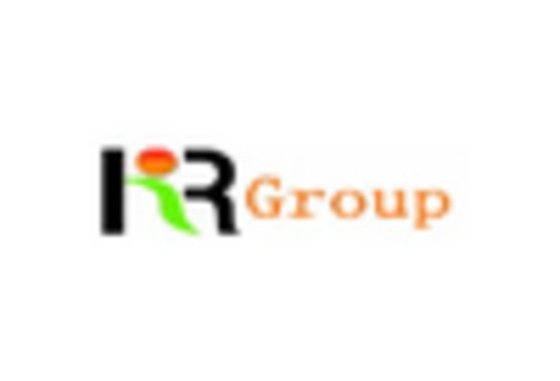

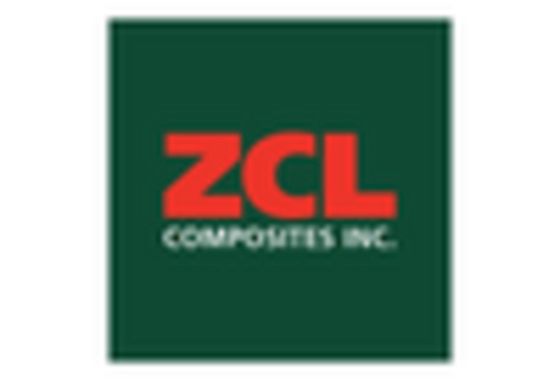









Leave a Comment